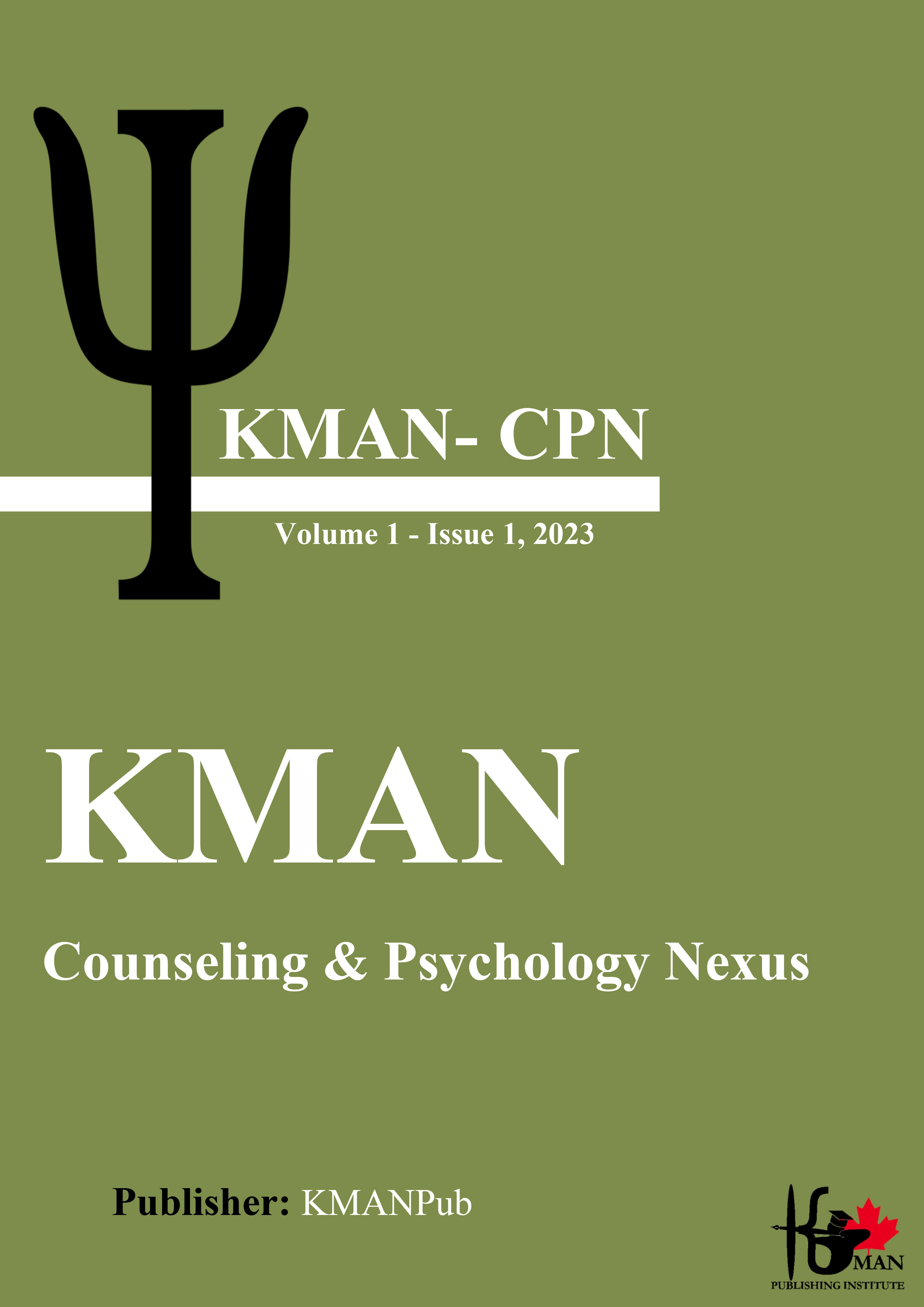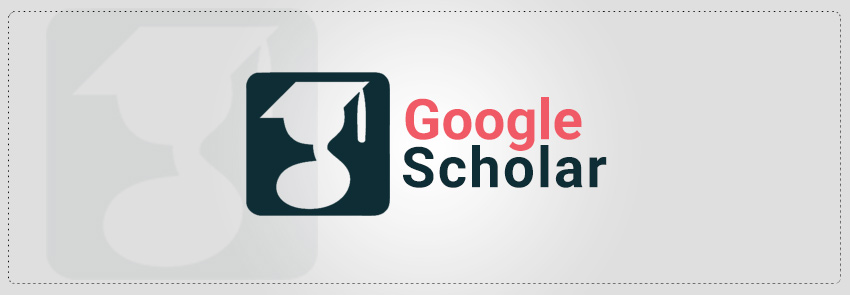Comparison of the Effectiveness of Positive Thinking Therapy and Dialectical Behavior Therapy on Behavioral Modification and Management, Self-Awareness, and Meaning-Making in the Lives of Vulnerable Adolescents Covered by Welfare Services in Tehran
Keywords:
Positive Thinking Therapy, Dialectical Behavior Therapy, Behavioral Modification and Management, Self-Awareness, Meaning-Making, AdolescentsAbstract
The purpose of this study was to compare the effectiveness of Positive Thinking Therapy and Dialectical Behavior Therapy (DBT) on behavioral modification and management, self-awareness, and meaning-making in the lives of vulnerable adolescents covered by welfare services in Tehran. The statistical population of this study included all vulnerable adolescents (aged 12 to 18 years), including runaway adolescents, those with addicted or poorly supervised parents, and orphans, who were covered by the Welfare Organization in Tehran in 2021. The sampling method used in this research was convenience sampling with a screening approach. The intervention groups consisted of two groups: 20 participants in the Positive Thinking Therapy group, 20 participants in the Dialectical Behavior Therapy (DBT) group, and 20 participants in the control group. This study is semi-experimental, with a pre-test and post-test design, including a control group, implemented using a screening method. After randomly assigning the sample to the two experimental groups and the control group, a pre-test was administered to both groups. Then, Positive Thinking Therapy was delivered in 15 sessions, and DBT was delivered to the second experimental group in 15 sessions, with each session lasting 90 minutes. Finally, all three groups were measured in the post-test. Additionally, a follow-up was conducted one month after the intervention. The research tools used for data collection included the Meaning in Life Questionnaire (Li & Li, 2019), Cattell's Self-Awareness Inventory (1998), and a researcher-developed Behavioral Modification and Management Questionnaire (Mollai, 2022). Descriptive and inferential statistical methods were used for data analysis. The findings revealed that there were significant differences in the effectiveness of Positive Thinking Therapy and DBT on the behavioral modification and management of vulnerable adolescents covered by welfare services in Tehran (p < 0.01). Furthermore, the results indicated that there were significant differences between the effectiveness of Positive Thinking Therapy and DBT on the self-awareness of vulnerable adolescents (p < 0.01). There were also significant differences in the effectiveness of Positive Thinking Therapy and DBT on meaning-making in the lives of vulnerable adolescents covered by welfare services in Tehran (p < 0.01).
Downloads

Downloads
Additional Files
Published
Submitted
Revised
Accepted
Issue
Section
Categories
License
Copyright (c) 2025 Mahin Molaei Jolandan (Author); Javad Khalatbari (Corresponding Author); Shohreh Ghorban Shiroudi (Author)

This work is licensed under a Creative Commons Attribution-NonCommercial 4.0 International License.







